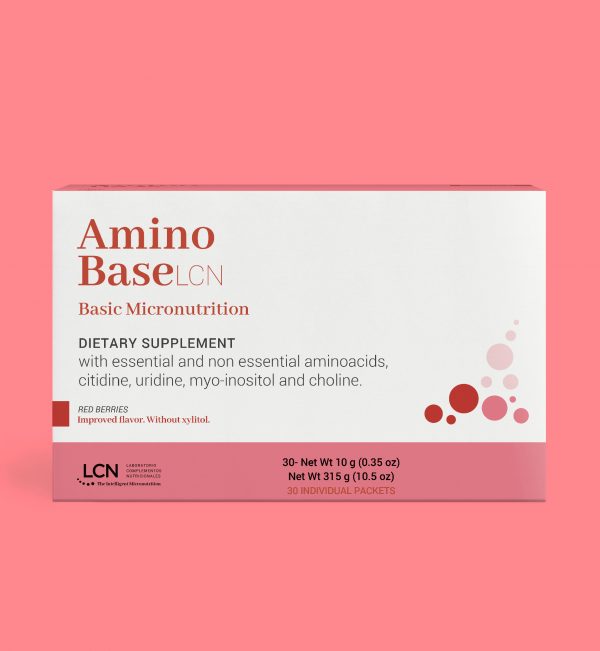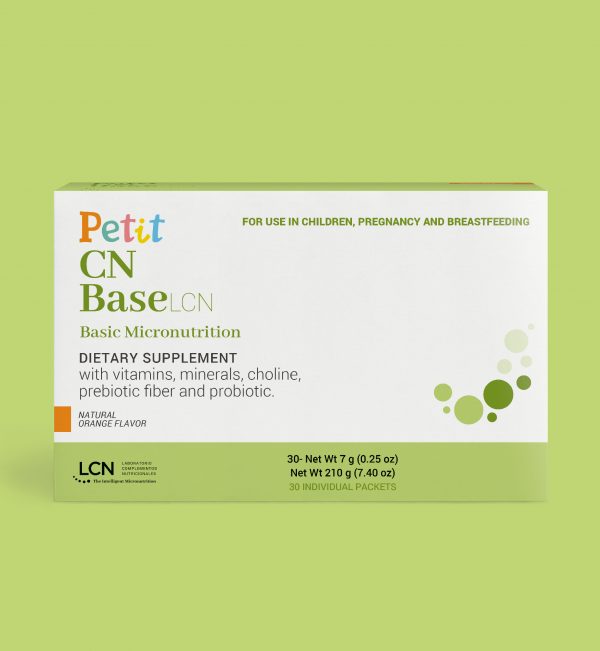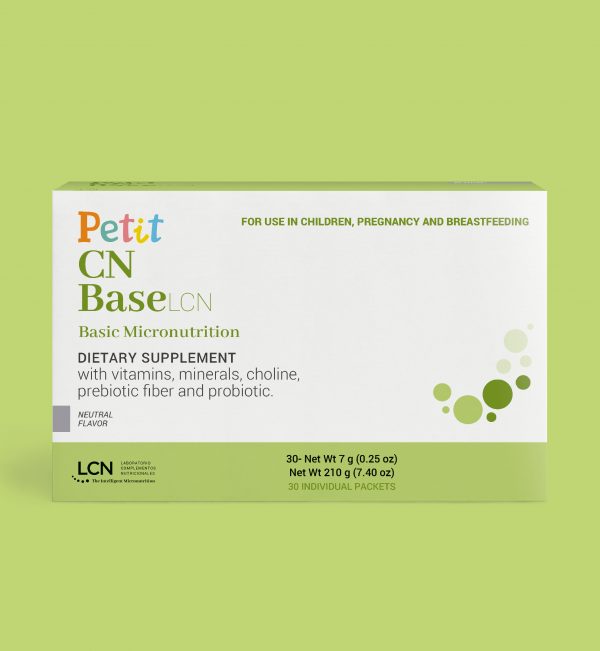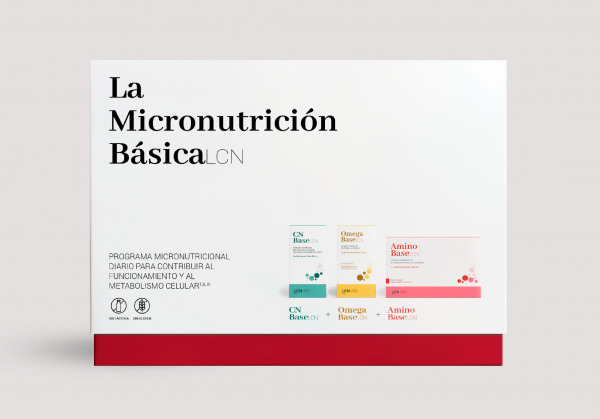Omega-3 (ALA)
What is it?
ALA is an essential fatty acid and a basic micronutrient. It must be obtained through the diet, as the body is unable to synthesize it.
Alpha-linolenic acid (ALA; C18:3, w-3) has an 18-carbon chain and three double bonds, where the first double bond starts at the third carbon. Alpha-linolenic acid (ALA) is the parent essential fatty acid of the omega-3 family. The long-chain fatty acids in the omega-3 series derived from ALA are eicosapentaenoic acid (EPA) and docosahexaenoic acid (DHA). Although they can be synthesized by ALA, the conversion rates are very low, particularly in the case of DHA.
ALA supplementation
ALA is found in oilseeds like flax and chia. It is also found in foods from grass-fed animals and, in significant amounts, in some oily fish species. Whole dairy products (from grass-fed animals) are high in ALA. Free-range chicken eggs are high in ALA.
The oil from chia seeds (Salvia hispanica L.), when virgin (first cold pressing, without subsequent refinement), is the richest plant source of ALA. Flax oil is in second place. Both oils contain the fatty acids in triglyceride form.
Foods with ALA
Alpha-linoleic acid is found in legumes like soybeans, green vegetables like broccoli and spinach, grass-fed (not grain-fed) animal foods, and, in larger amounts, in flax and chia seeds. Chia seeds are notable for their richness in nutritional components like polyunsaturated fatty acids, fiber, phytochemicals, and B vitamins. It is the richest plant-based source of ALA, surpassing flax seeds. It has a lesser tendency for lipid oxidation due to the phytochemicals that accompany it naturally.






